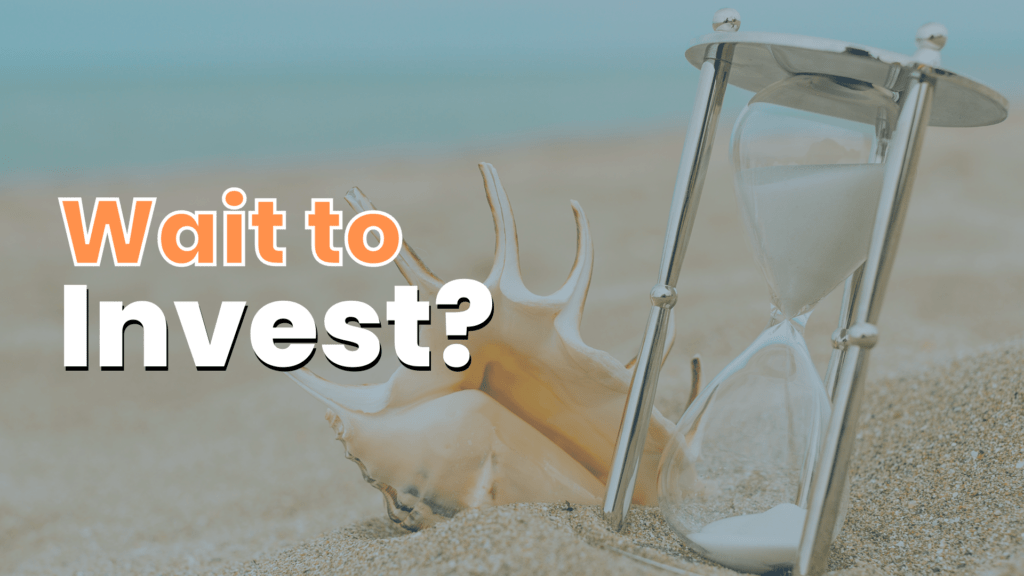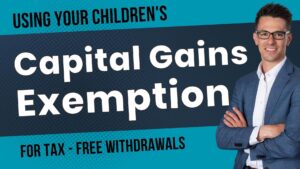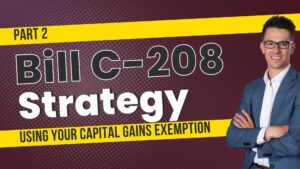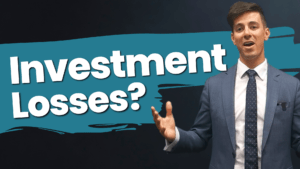It is easy to question your investment decisions when markets are volatile. You might wonder if you made a mistake, whether it is worth staying invested, or if things will ever recover. If these thoughts sound familiar, you are not alone.
Turn on any news outlet and you will hear countless reasons why the economy is on the verge of collapse. Today, let us walk through a few key principles that can help you stay confident and focused.
Prefer to watch the video?
The Power of Time and Compounding
One of the most powerful tools in investing is time. Warren Buffett is a great example of this. Of his $117 billion net worth, 99 percent was earned after the age of 50. If he had started investing at 30 and retired in his 60s, his name would likely not be as well known today.
Buffett’s real advantage was giving his investments time to grow. Despite facing many negative months and years along the way, he stuck to his plan and allowed compounding to do the work.
Charlie Munger summed it up best: “The first rule of compounding is to never interrupt it unnecessarily.”
For those in retirement, managing withdrawals is important so that compounding can continue to support your long-term goals. If you are retired and drawing income, see our past video on managing retirement portfolios for more insights.
Volatility Is the Cost of Earning Returns
Investing is not supposed to feel easy. Volatility is the price we pay for the opportunity to earn higher long-term returns.
You have probably seen charts that show how markets rise over time. It looks simple on paper, but real life is different. We experience the ups and downs in real time, and it can feel stressful to watch portfolios swing daily.
Since 1950, the Dow Jones Industrial Average has averaged 11 percent annually. However, during this period, the market was frequently down by five percent or more from its previous highs. That is normal market behavior.
You will often feel like your portfolio is underperforming simply because it is not at a new high. Markets do not set new records every day. They go up, they go down, and sometimes they stay down for a while.
Successful investors understand this. They are willing to accept the volatility because they know that patience will be rewarded over time.
Perspective Matters
It is remarkable how much pessimism exists today, even though our quality of life has never been better.
Consider this. We return home to air-conditioned houses, sit on comfortable couches, and watch massive televisions. Even the wealthiest people 100 years ago did not have access to many of the luxuries we now take for granted.
Over the past century, we have endured wars, inflation, and pandemics, yet life continues to improve. Very few would choose to live in 1922 over today.
Innovation will continue. Progress will continue. Current market conditions will not last forever. The question is not if markets will recover, but when.
Final Thoughts
Investing comes with ups and downs, but staying the course is what leads to long-term success.
Time, patience, and perspective are your most valuable
If you have questions visit our website and book a free appointment with us








